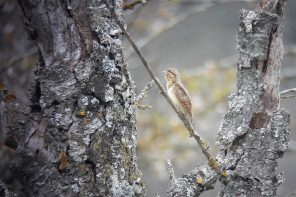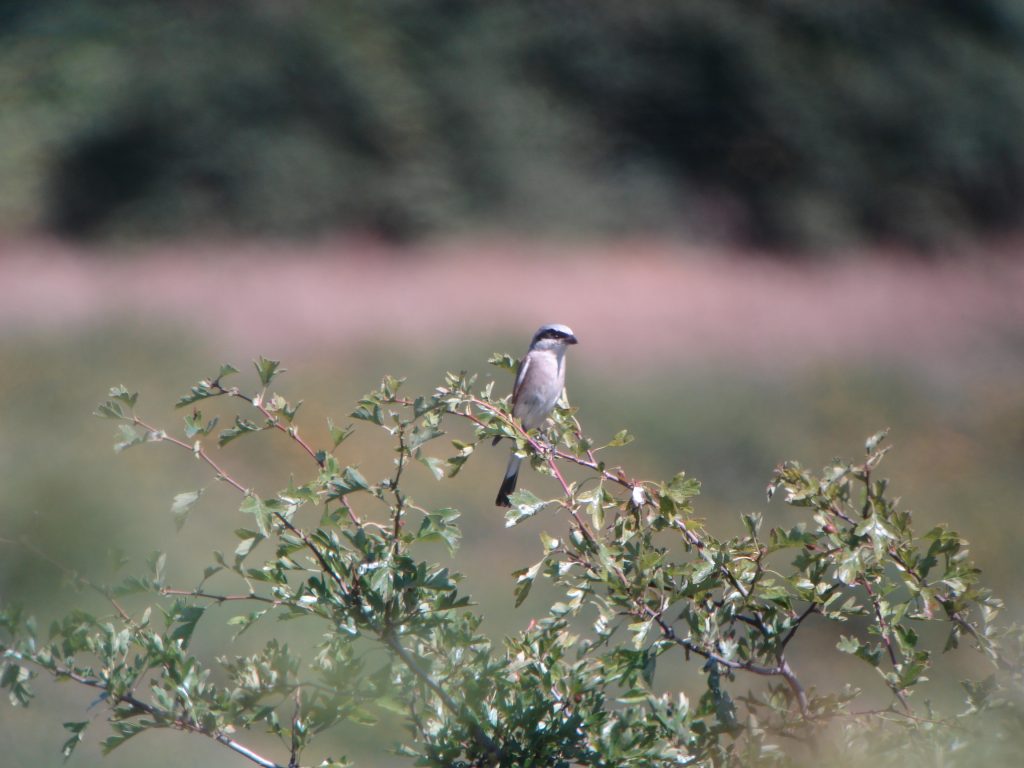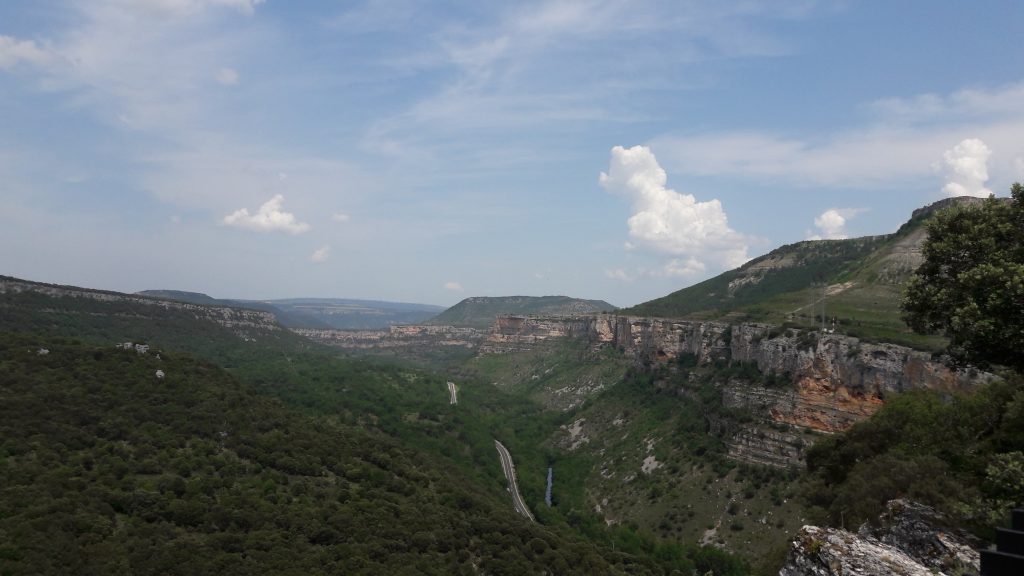Timid migratory bird movement. This could be the definition now. We begin our tour of the west of Las Merindades looking for common species as Dipper or Wagtails or the first Grey Heron of the day, that after playback is distributed throughout the region and can be seen almost anywhere.
Stonechats, Whinchats, Finches, Sparrows and Wheatears on the plateaux, with the Common Stonechats, as the most abundant bird of the area.
Good numbers of Common Buzzards is quite high and can be seen up to four birds hunting in the same area. The Lesser Kestrel and Common Kestrel, delighted us with its striking hunting techniques. The Lesser Kestrel often occur in these northern areas just after breeding and just before migration, target, hunting grasshoppers.
But this year the Lesser Kestrels have not appeared with the numbers of others years. The abundance of Common Vole in the the cereal steppes of Castilian, makes have enough food in their breeding areas as not to move to north.
The little migratory movement is verified with few records of Pied Flycatcher, Willow Warblers, Whitethroat …
Even the high level of the Ebro reservoir, the banks are still not suited for waders, this, combined with the kitesurft summer activity, results that only a few birds decide to stop for a rest on the banks, very negative for the conservation of migratory birds.
More Grey Herons, Cormorants and add to the raptor list a bird a Marsh Harrier.
A good morning of birding in Las Merindades, with a total of 45 species.
Bird List
Great Cormorant
Egyptian Vulture
Griffon Vulture
Marsh Harrier
Lesser Kestrel
Coomon Snipe
Common Sandpiper
Wood Pigeon
Common Swift
Great Spotted Woodpecker
Crag Martin
House Martin
Grey Wagtail
White Wagtail
Dipper
Wren
Robin
Common Stonechat
Blackbird
Mistle Thrush
Iberian Chiffchaff
Whitethroat
Pied Flycatcher
Jay
Magpie
Red-billed Chough
Raven
Spotless Starling
House Sparrow
Common Chaffinch
Serin
Goldfinch
More information and www.molinodelcanto.com and www.mcbirding.com




